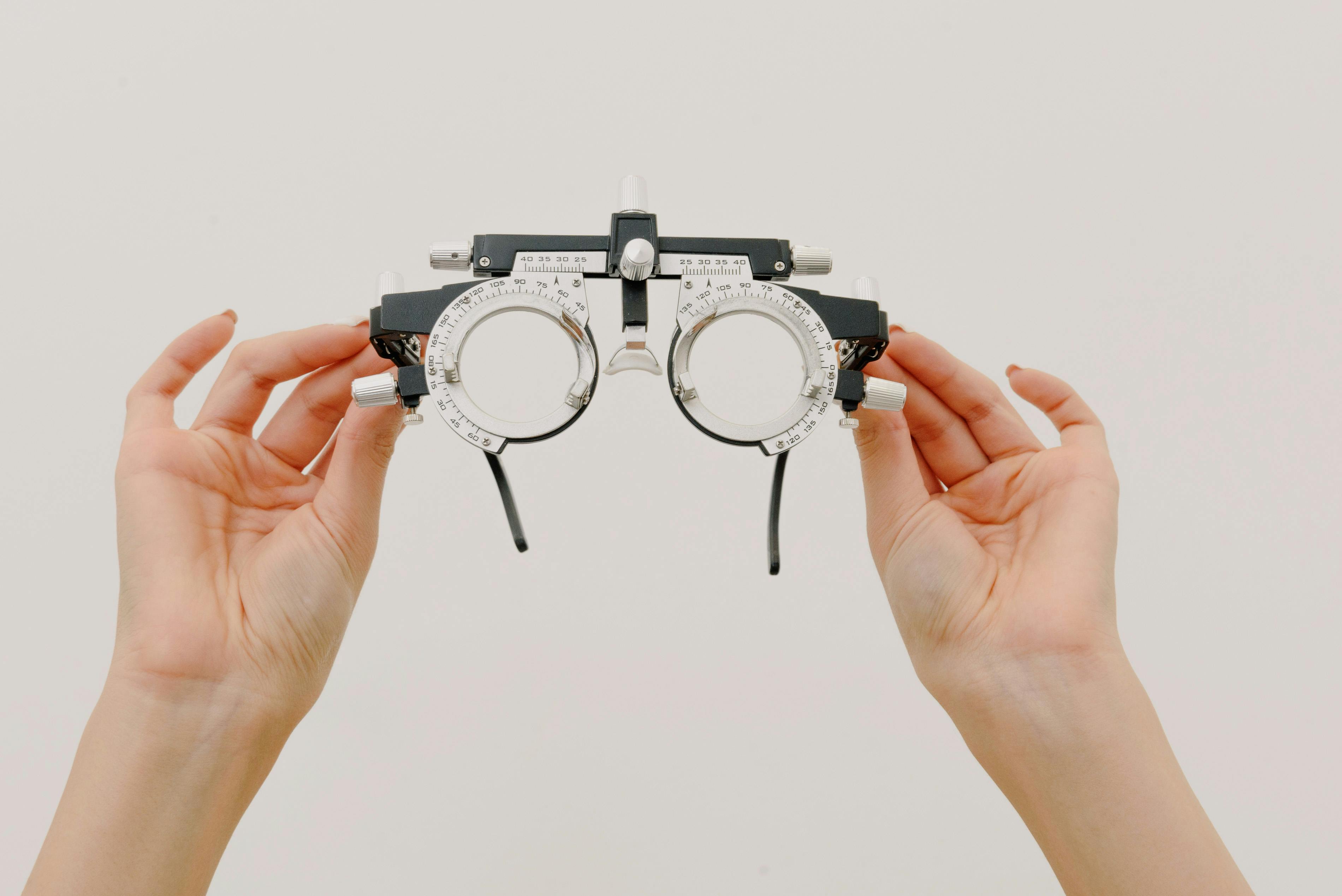History of Skin Care Part 16: The Industrial Revolution, 1800-1849
The face of the industrial revolution
When imagining the people who lived during the Industrial Revolution, it is easy to imagine the characters in a Charles Dickens novel. It’s easy to imagine cities filled with sooty-faced Oliver Twists and David Copperfields. In some respects, this image is accurate. The first half of the 19th century saw many important technological advances. The invention of the steam engine made manufacturing and transportation much easier, and dozens of large factories sprang up in the span of a few years. New mining techniques were developed to produce the coal needed to power the new factories. Rural citizens, in search of work, began to migrate to major cities such as London and New York. Indeed, the air was thick with a Dickensian smog, but the Industrial Revolution also had a profound effect on skin care products and cosmetic use. As the average salary increased, an increasing number of ordinary citizens found themselves in a position to afford soaps and makeup that were previously out of reach.
a moral dilemma
By the end of the 18th century, makeup was considered inappropriate for everyone except prostitutes and actors. While this attitude persisted through much of the 19th century, women were allowed a few cosmetic exceptions. Pale skin was still considered a mark of high birth, and although the heavy lead powders of a century earlier were no longer in use, they were replaced by a thin coating of zinc oxide. Zinc oxide offered the benefit of a lighter skin tone, but was subtler and more natural looking than the hardening powder that had been so popular before. Subtle eyeshadow made of carbon black was also popular, although red lips and cheeks remained taboo. While many women still mixed their own cosmetics, modern manufacturing techniques had made it much easier to mass-produce these products. Although the use of manufactured cosmetics was extremely popular, however, it was not considered proper to buy or sell beauty products. Because of this, most stores sell them under the counter. **
Despite the stigma that still surrounded cosmetic and skincare products, some women spoke out to promote their use. In 1833, Jacobine Weiler published a book entitled “Cosmetics of the Female Sex, or the Secret Art of Perfecting Beauty and Health and Preserving It to Old Age” which promoted the use of cosmetics as an aid to beauty. While no respectable women could be seen buying lip or cheek blush, numerous recipes were published describing methods of making lip salves at home. The recipes included common ingredients such as butter, wax, and natural dyes made from currants and the alkanna tictoria plant.***
For all the women who advocated the use of cosmetics, however, there were many others who believed that putting on makeup was the first step toward a life of sin. Many books dedicated to the defamation of cosmetics were also published. “Godey’s Lady’s Book,” for example, was published in the middle of the century. It suggests that instead of trying to cover blemishes with makeup, women should rely solely on “moral cosmetics,” including sleep and avoiding sinful pastimes like gambling and drinking.
cleaning naturally
As mass production methods have been refined, the price of many hygiene products has become cheaper and more readily available. While scented soaps were considered a luxury item half a century earlier, soap was now commonplace in all but the poorest households. Because women could no longer hide behind a thick layer of powder, there was a much greater emphasis on naturally beautiful skin. Harsh cleansers were also more easily produced, but were often ignored in exchange for more natural skincare ingredients. Egg yolks, honey, and oats were commonly used to soften the skin and help diminish blemishes. Lemon juice was sometimes used to naturally whiten skin a few shades lighter. While naturally glowing health may have been the go-to look in the early 19th century, however, it would soon give way to the frail and sickly look of the Victorian era.
References:
** Read more about 19th century makeup here: http://www.localhistories.org/cosmetics.html
*** Read more about the cosmetic industry advocates here: http://www.cosmetic-business.com/en/showartikel.php?art_id=1409
